
CONSUMER WATCH: Australia’s domestic air travel has never had more passenger demand, fewer seats or higher fares
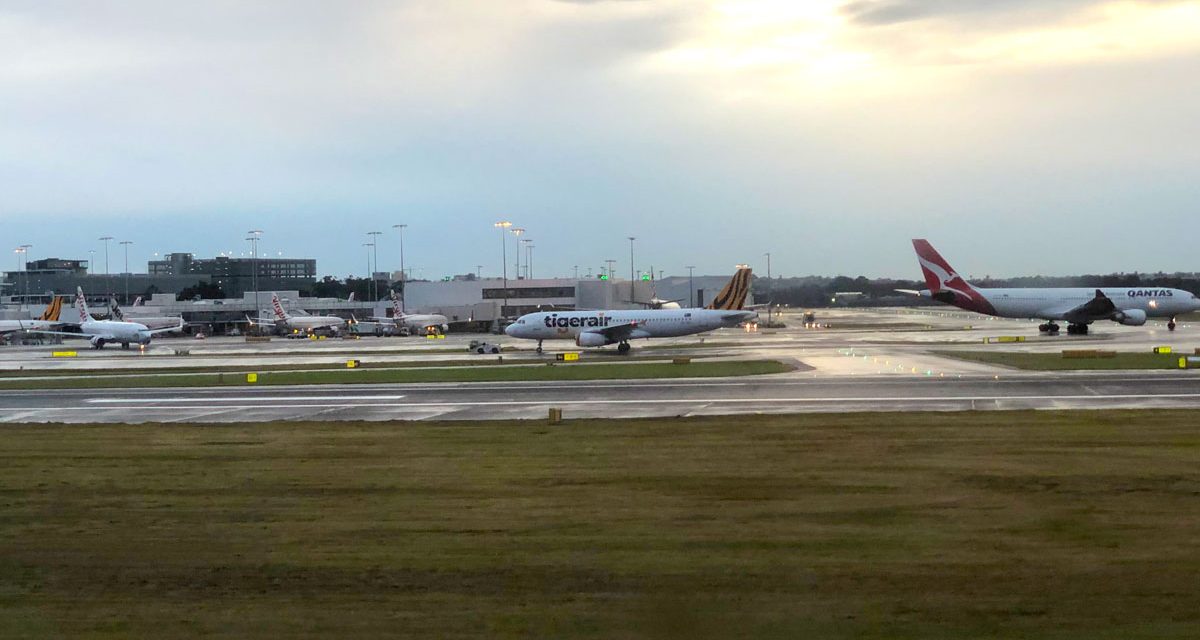
If you’ve flown anywhere in Australia lately, you’re not imagining things – the planes are still full, and the fares are even fuller. The latest figures compiled by the ACCC (Australian Competition & Consumer Commission) confirm what many travellers already know: demand is back, supply is still catching up, and your ticket prices are heading towards the roof.
Passengers back to pre-pandemic levels
In the quarter to June 2025, Australian domestic passenger numbers almost perfectly matched June 2019 levels. That’s a 2.3% increase from June 2024. It indicates a remarkable recovery considering the upheaval of the last five years. But before you celebrate the return to ‘normal’, there is a catch…
![Virgin Australia puts the armrests up for ease of boarding [Schuetz/2PAXfly]](https://www.2paxfly.com/wp-content/uploads/2023/03/VA-Virgin-Australia-2023-seats-economy-armests-up-IMG_1428-1200x675.jpg)
Seat supply lagging
Passengers may be increasing, but overall seat capacity remains 2.8% lower than pre-pandemic. There has been minuscule growth of just 0.4% in the past 12 months. The culprit? The ACCC report puts it down to the lingering hole left by ultra-low cost carrier, Tigerair’s demise in 2020.
To give you an idea of how the running airlines have increased capacity, see below. Jetstar has added the most capacity, while Qantas, despite receiving new planes, has added the least. Here is a list of capacity increases since 2019 – prior to the pandemic:
- Jetstar: up 15.7%
- Virgin Australia: up 3.6%
- Qantas: up just 1%
The consequence of fewer seats available in the market as compared to 2019, inevitably pushes fares higher. Price rises are typically attributed to the increase in the cost of jet fuel. That is definitely not the cause this time, since jet fuel prices have fallen by 12% over the past 12 months.
Overall, considering the decline in fuel costs, the report suggests that revenue per seat has remained relatively stable, increasing by approximately 8%. However, the rise in revenue per passenger on capital city routes 3.8%, only counterbalanced by a drop in revenues on regional and remote routes
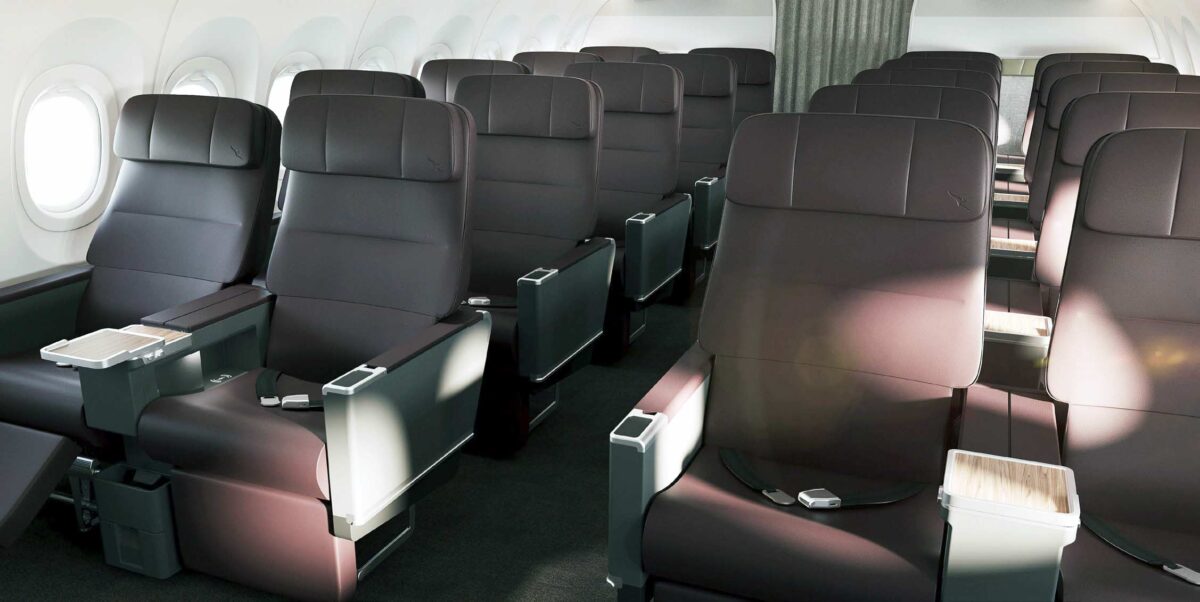
New aircraft arrival may signal fare relief
There’s some cautious optimism. Supply chain blockages across the airline industry may be easing, which should mean that new aircraft on order by the airlines should start arriving.
Qantas has received its first Airbus A321XLR, which is set to augment and eventually replace its fleet of Boeing 737-800s. Virgin Australia expects to receive six Boeing 737 MAX 8s by December 2025. Qantas has announced the closure of Jetstar Asia, which means it has 13 Airbus A320s to redeploy across Australia and New Zealand.
However, none of those developments guarantees an increase in available seats. Much of the new capacity will be offset by retiring aircraft and ending wet-leasing agreements like those between Finnair and Qantas on Australia to Asia routes.
Virgin Australia has returned to a listing on the Australian Stock Exchanged, but both it and Qantas have shown a reluctance to return to the airfare wars of the 2010s. This led to an overcapacity of 8% in the region, resulting in massive reductions in airfares and subsequent profitability for both airlines. Mind you passengers were happy with their bargain basement prices.
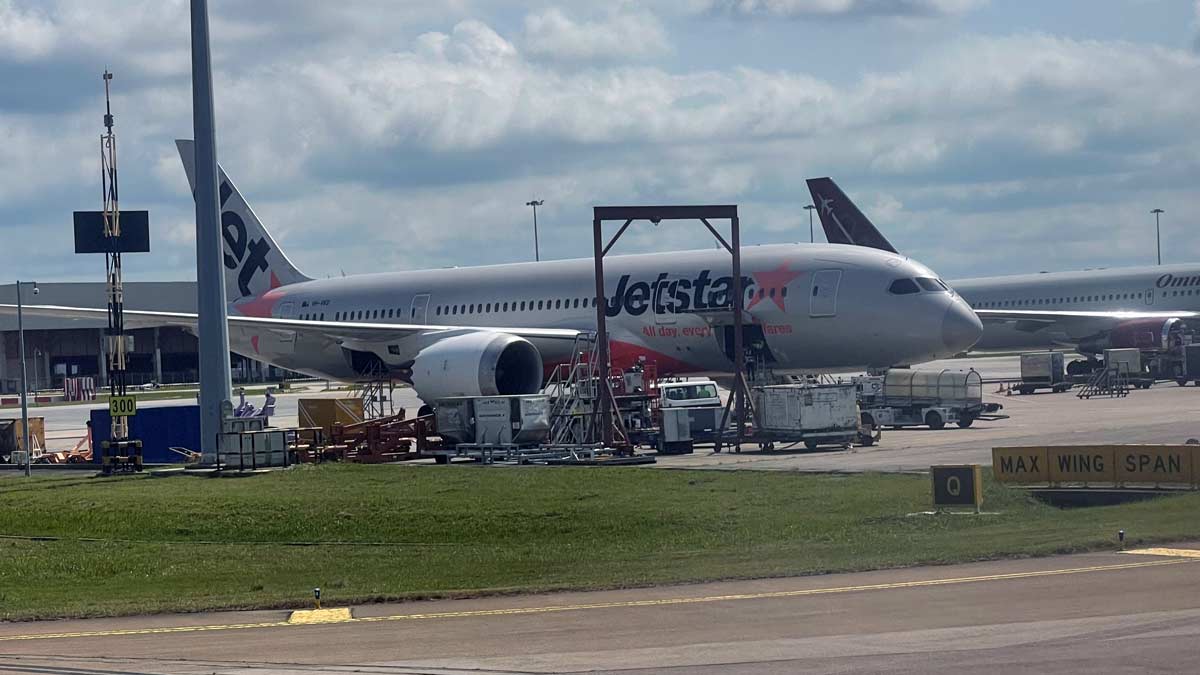
Better on-time reliability and fewer cancellations
Travellers have one reason to smile. On-time performance has improved. The industry average hit 82.4% in April 2025. That’s the best in three years. All three airlines have improved their performance, mind you Qantas still sits at the bottom of the pile.
Flight cancellations also stayed low at 2.4% in June, close to the industry’s 2.2% long-term average. Virgin Australia is leading on reliability with an average cancellation rate of just 1.6% since July 2024, compared to 3.2% for Qantas..
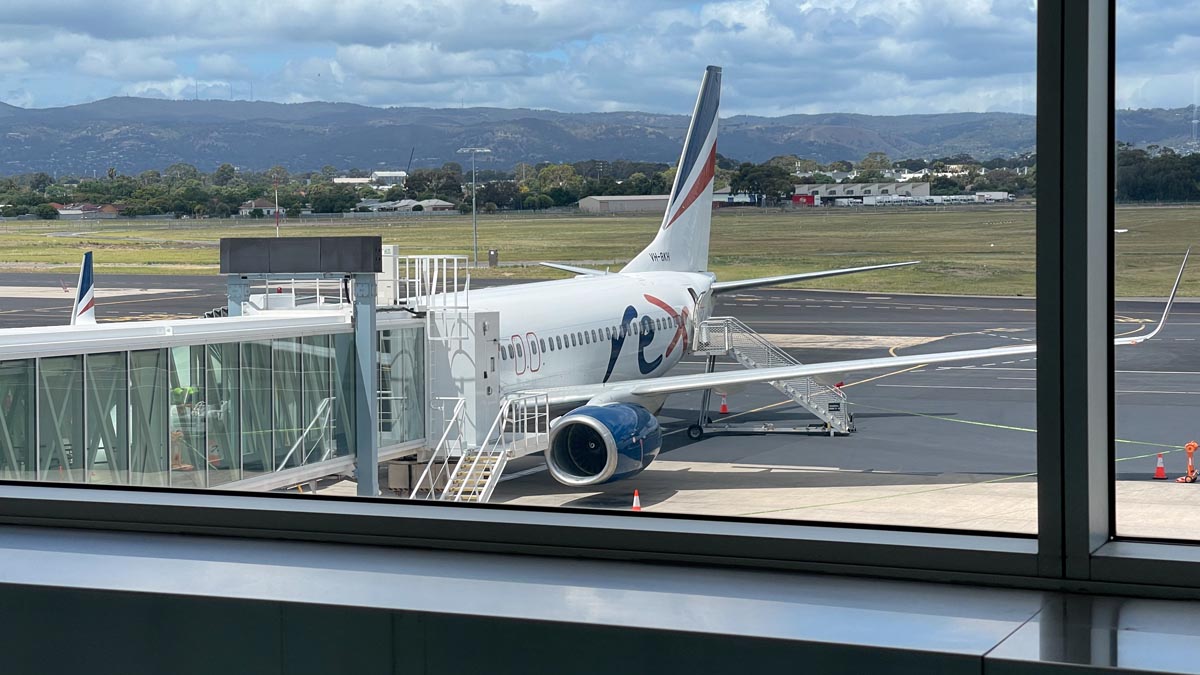
Rex’s uncertain future
In contrast to Virgin Australia’s relisting, Rex Airlines remains in administration, with the search for a buyer extended to 5 December 2025. The government has promised to honour existing tickets and keep regional services running if a deal isn’t struck. While Rex carries just 1.7% of domestic passengers, it’s a lifeline for many regional communities.
Fares
As I said earlier, despite cheaper fuel, the average revenue per passenger is 0.8% higher than June 2024. Revenue per passenger peaked 5.5% higher in April 2025 due to the perfect storm of school holidays, Easter and ANZAC Day all falling in the same month.
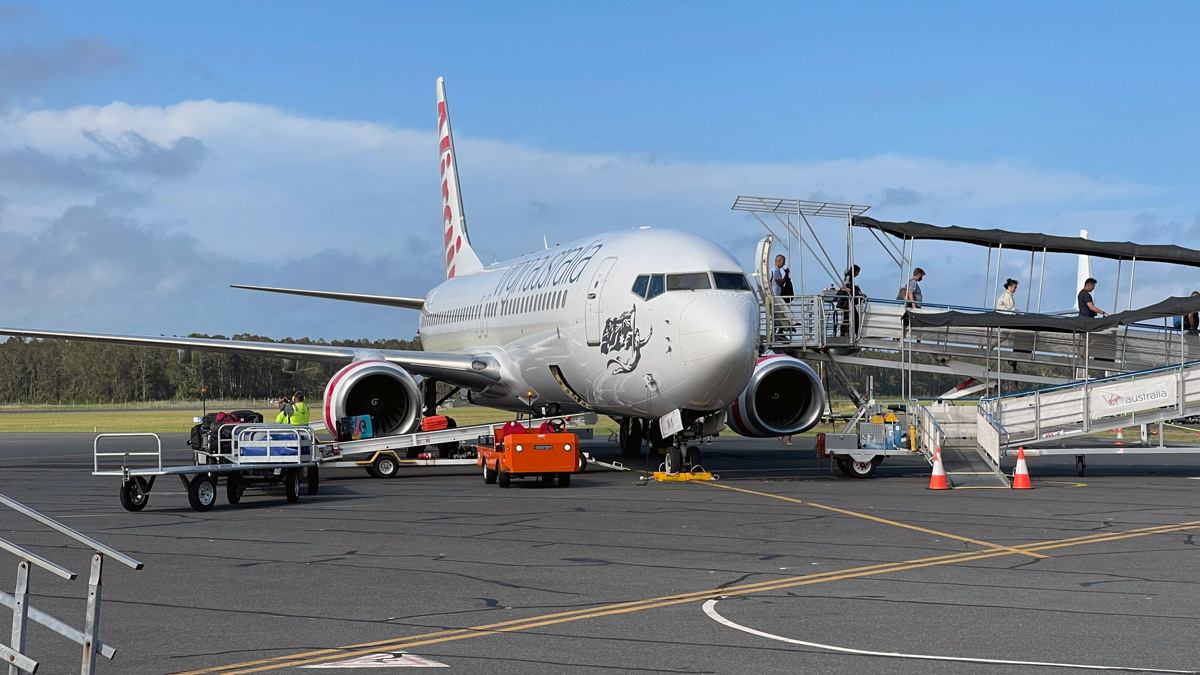
Frequent Flyer schemes
Frequent flyer programs remain big business. The Qantas scheme has contributed more to profits than the airlines international routes for some years. To give you an idea of the size of the schemes the Qantas Frequent Fler scheme earned AU$511million in 2023-24. Virgin Australia, a much smaller scheme still generated AU$115 million in the same period.
The ACCC warns that the loyalty schemes also come with some traps. They include a limited number of reward seats, points expiry dates and as recently happened with Qantas, points devaluations.
- Qantas Frequent Flyer earned $511 m in 2023–24.
- Velocity Frequent Flyer earned $115 m.
They offer perks but come with traps: limited reward seats, point expiry, and devaluations. And yes – you may spend more than you planned just to chase status credits.
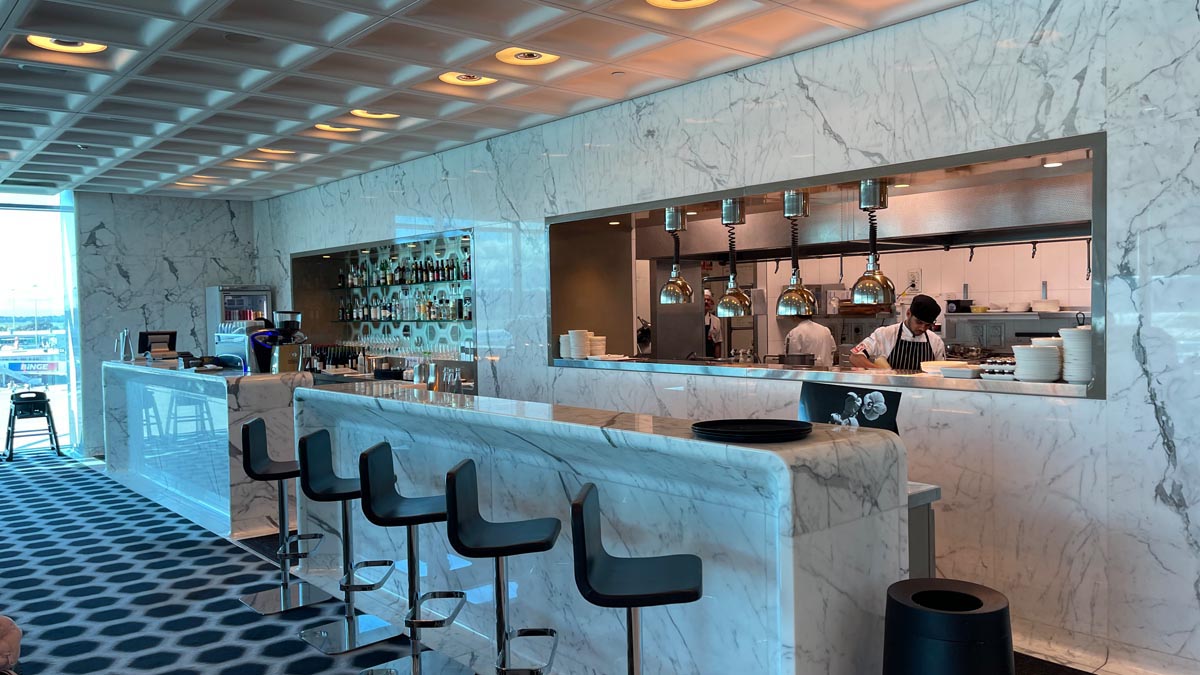
2PAXfly Takeout
Capacity on domestic routes in Australia is still tight, and won’t be relieved anytime soon, unless you believe that Koala Airlines will launch in 2026. Not a belief I hold.
In the meantime, for consumers, it’s mandatory that you book early for the best deals. With limited capacity, those last-minute sales are unlikely and rare. Always compare carriers. You will mostly find Virgin is the cheapest, and Qantas the most expensive. I always find it difficult to place Jetstar, since once you add in things like luggage and refreshments, it’s often only marginally cheaper than competitors if at all.
2026 does hold some hope for consumers. The delivery of new aircraft may change capacity limits, which could ease airfares. But don’t hold your breath. Only added competition will truly resolve the duopoly that holds the Australian domestic passenger market to ransom.
Finally, accrue and spend those loyalty points wisely. That means, unfortunately, you need to read the fine print in those schemes carefully.
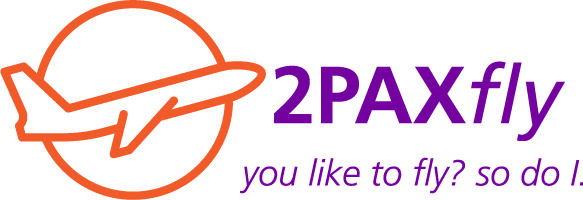

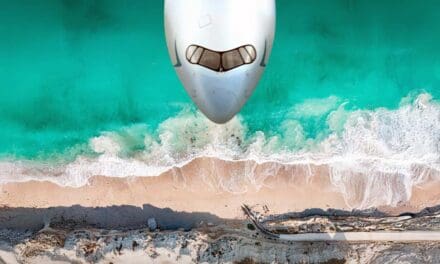
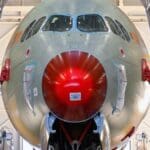



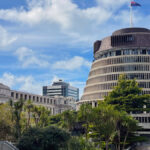

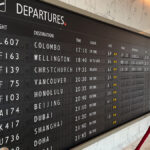


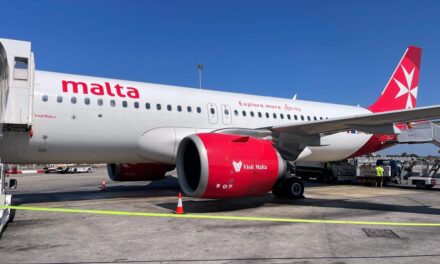
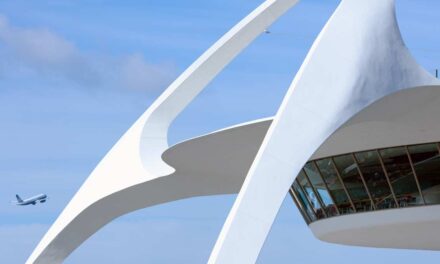



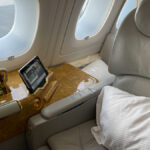

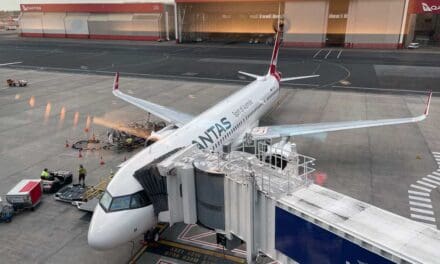



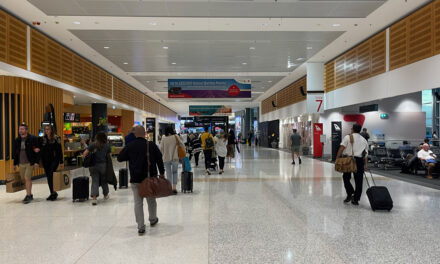

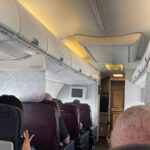

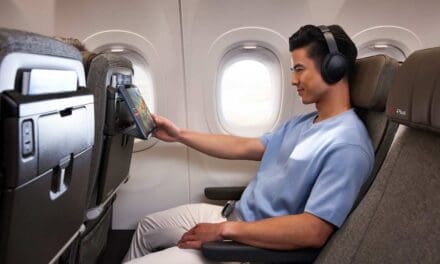
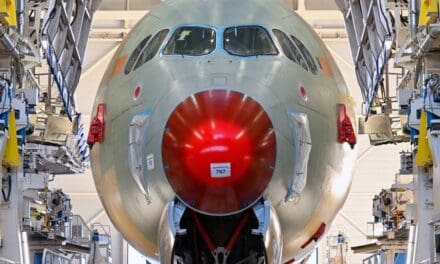




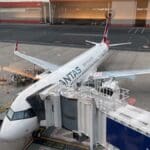
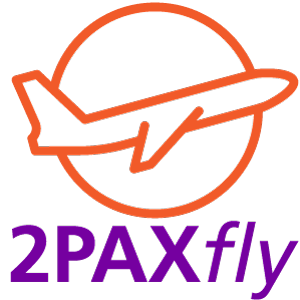
What did you say?